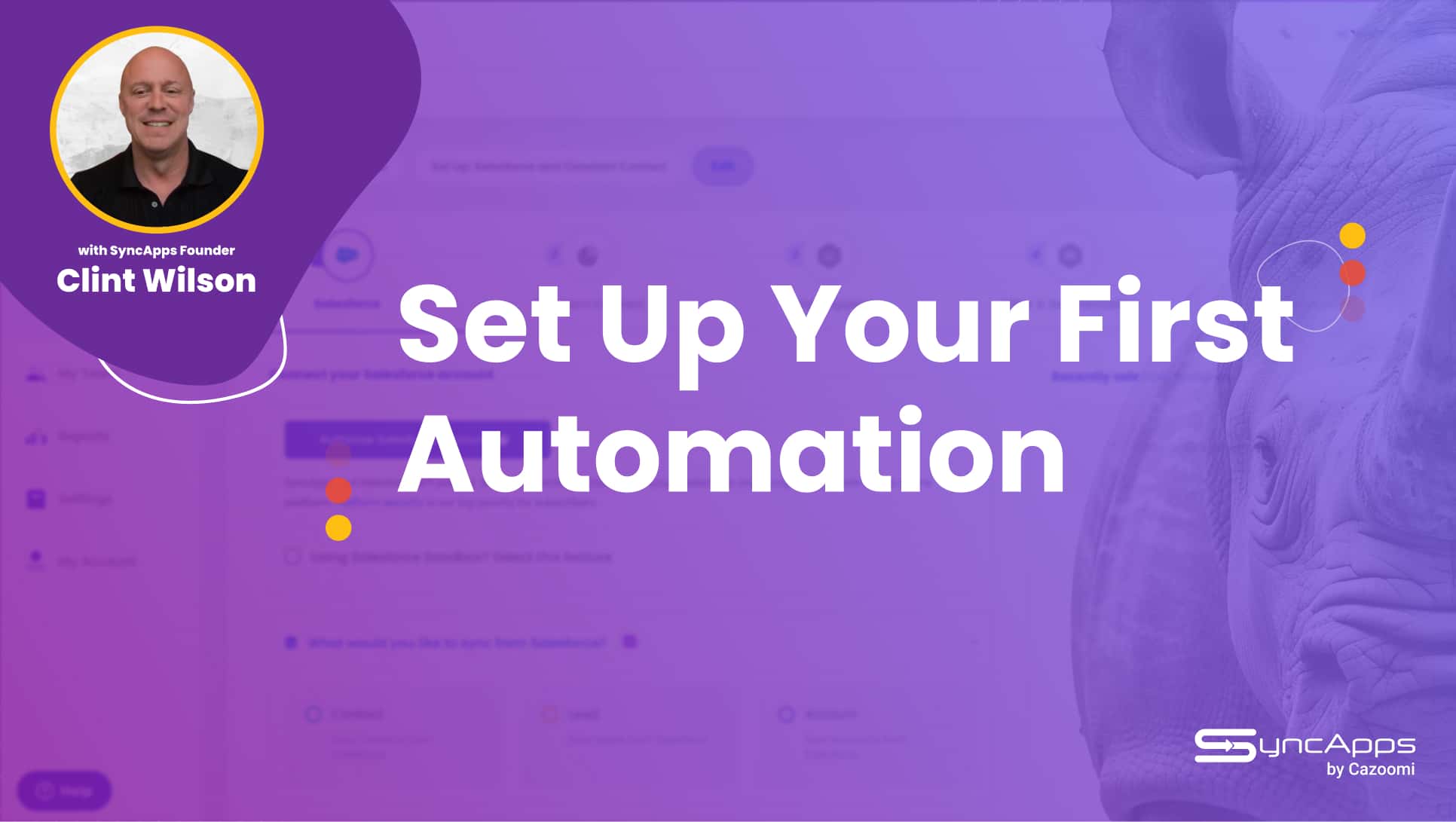Those suffering the most in today’s challenging marketing environment are companies that spent decades mastering brick and mortar sales.
They relied on the once obligatory grocery trip that customers had to make to restock their refrigerators and fruit baskets.
Today’s consumer, however, does not need a trip to the store to fill their fridge. Well, actually they do but it’s not that kind of trip.
Armed with a smartphone — not necessarily high-end one — and an internet connection, the modern-day consumer can make as many grocery trips as she wants from the comfort of their couch.
Oh, by the way, men, too, now shop for groceries as often as women. Just so you know.
Remember the 1962 Yellow Pages, Let your fingers do the walking campaign? Okay, not you millennials. You can Google that. Done? My point is that an age-old slogan now makes perfect sense. Today!
Think about it for a minute.
People can now make online purchases through platforms such as Peapod, FreshDirect, and Instacart, buy meals through Hello Fresh, or use one of the store pickup options offered in most supermarkets.
This concept is growing so rapidly in popularity it’s now becoming a must-have for most retailers.
The food and beverage industry is also competitive as efficiency and up-to-date information is needed to keep up with consumer tastes and trends.
Understanding challenges in the market and industry will help marketers stay ahead of the competition. In other words: you need an in-depth understanding of your industry to be a marketing leader instead of a marketing follower.
Want to be the former?
Read on.
Top Challenges the Food and Beverage Industry Is Facing & how Marketers Can Surpass Them
E-commerce is here to stay
The food and beverage industry is slowly catching up with the technology. One-quarter of online respondents of a survey said they order their groceries online while more than half plan to do so in the future.
Shoppers have gotten used to the benefits of digital in other industries and expect the same in the food and beverage industry. Predictions say that by 2024, 70 percent of consumers will be shopping for groceries online. Consumers will also have spent $100 billion on online food and beverages by that year.
However, even with this move to online shopping, a survey by Gallup found that 84 percent of respondents had never ordered groceries online. Another 81 percent of them said that they go to the store at least once or more times in a week for groceries.
I know, contradictory data, right?
Still, we’re talking about trends here. And the growing preference for online shopping is clear.
Let’s take a moment to talk about the current state of affairs.
Not many consumers are currently buying foods and beverages online. This could be because most people are traditionalists and don’t plan far ahead when it comes to eating. They mostly make last minute trips to the store when they run out of products.

Image Source: Gallup
Other issues that stop shoppers from buying online include purchasing control. Shoppers want total control on the quality of the fresh food they buy, and online purchasing may not provide that. Consumers are also hesitant about letting someone else choose products for them.
Another reason may be that most of the food and beverage stores are still new to the process or haven’t mastered providing seamless online services.
The consumer may be dissatisfied with the online experience as the marketers work app functionalities, process online order fees, solve common logistical issues, work out delivery issues, and order fulfillment logistics.
As a retail marketer, your job is to make it easy for shoppers to customize their shopping needs and have a seamless online experience. You can also incorporate discounts, offers, and incentives to drive consumers to choose the online purchase option.
Want to learn more about how to ace your retail marketing? Download our FREE white paper with tips & tricks on how to stay ahead of the competition!
Personalization is more important than ever
As more people shop online, more online grocery businesses will emerge. These online businesses will lead to a competitive and fierce marketplace that will require marketers to come up with creative ways to market their products and stand out from competitors.
This means that you must understand your consumer to know what makes them buy your product. Personalizing your marketing efforts will give you a better chance of surviving the fierce competition.
Digital shopping provides marketers with data from web clicks, past orders, mobile apps interactions, shopper loyalty programs, and products that consumers have shown an interest. 75 percent of shoppers prefer personalized content.
94 percent of marketers believe that personalization is critical to success. And they are not wrong.

Image Source: OneSpot
Consumers understand that personalized information helps them find what they are looking for when they need it, whether they are shopping offline or online. Traditional marketers can offer targeted promotions, digital coupons, and individualized recommendations and pricing.
You can also personalize content experiences for the consumers via your website and email. These engage consumers both before they visit the store and after.
Did you know you can make personalization a breeze? Take a look at the integration solutions designed for food and beverage marketers.
Advanced data can help you anticipate consumer demands online or in store even before they make a purchase. Technology helps you identify what a consumer wants from a broad selection of items.
Data shows that 88 percent of consumers feel great about a brand that provides personally relevant content. Nearly half of these consumers will not spend time with a brand if it doesn’t make content that relates to their interest.
They also place a 40 percent value on content that informs and 28 percent on content that educates. This is your content strategy right there!
Don’t forget to provide product pictures and detailed information. The images should be the same both online and in the store. Also, it would be amazing to use a logo maker and create a logo that reflects your brand identity.
Most food and beverage stores have a vast repository of recipes and blogs on how shoppers can cook their meals or mix their drinks.
It inspires consumers to experiment by trying out new beverages and dishes while eating healthy, too. The idea is that when the consumer reads the content, they will purchase your brand because it inspired them to try something new.
Personalization also needs to happen across multiple devices and channels. When marketers understand what the consumer wants through data gained from artificial intelligence, machine learning, deep analytics, and natural language processing, they can deliver personalized email content.
The personalized content improve a consumers purchasing experience translating into increased sales and loyal customers.
The Ever-changing Consumer Preferences and Tastes
The food and beverage industry operates at the mercy of the consumer’s changing preferences and taste buds. Marketers in the industry must keep up with social changes and burgeoning trends to come up with effective marketing strategies.
Most of the brands find it hard to keep up with the fast-changing markets. Consumers want brands that speak to their cultural identities. They also wish to have sustainability, convenience, regionality, and to trust that the brands are healthy.
Quite a tall order, right?
The fast-moving trends and changing tastes require marketers to monitor and predict food and beverage trends.
But how can you keep up with all that?
As usual, you can start online. Online platforms provide a great avenue for you to spot trends so that you can lead conversations.
Social media networks and other online platforms are also your safest best for monitoring any negative discussions about your brand. You stay ahead by getting notified when someone posts negative comments or writes a negative review. Social intelligence tools are available to help you monitor threats.
For example, the launch of a new product did not go down well with your consumers or maybe one of the consumers had an adverse reaction to an ingredient in the product.
This is a budding crisis, so acting fast is of the essence.
As soon as you notice their discontent, you have to pull off the product from the shelves. The last thing the brand needs is a negative social media post that goes viral.
Then, it’s a matter of investigating whether your product caused the adverse reaction or not. However, first-minute reaction and accountability are critical. They both start with being aware of the problem.
By 2017, 56 percent of consumers had complained about a brand online. This need to call out businesses on social media is either because the brand was dishonest (60 percent), they had poor customer service (59 percent), or they were rude (57 percent).

Image Source: Sprout
The reasons for calling out the brand online vary from 70 percent who want other customers to be informed, 51 percent are trying to raise awareness, 54 percent expect the business to respond while 34 percent are expecting a refund.
Monitoring the trends allows you to capture conversations before they escalate and understand consumer needs before launching new products.

Image Source: Sprout
Customers expect a response to their questions within 60 minutes and those who receive answers from brands will recommend said brands to peers (30 percent) and spend 20 percent more purchasing their products.

Image Source: HBR
Another reason why the food and beverage industry is always changing is health. Consumers want products that improve their health and well-being.
They also do not want artificial ingredients, pesticides or GMOs. Consumers no longer want low-fat diets; they want healthy fats. Most of the products that advertised low fat in the past now promote health and wellness.
Effective Marketing Strategies to Survive Challenges in the Food and Beverage Industry
The first thing to do as a marketer in any niche, but especially retail is to ensure that the product you are marketing is good. Food and beverages marketing first relies on whether the product pleases the five senses.
Does it have lasting taste and flavor? Is it delicious and does everyone know about it? To achieve this, you need to know what your customers want.
- Define Your Target Market and Position Your Brand
What is your product and what makes it different from the rest? What image does the consumer have when they think of your product? For brand positioning to work, you must have a clearly defined target audience.
- Package Your Product Right
Yes, people still judge books by their covers. And products by their packaging.
Concentrate not only on packaging but also on the logo and the different stationery it will appear on. For example, on cutlery, menu cards, walls, digital ads, posters, etc. The packaging should showcase your unique selling point too. If you’re seeking ideas, check out10 Inspiring Websites for Packaging Design to spark creativity and elevate your brand’s visual impact.
- Blogging and SEO
Have an online blog where you provide your consumers and potential clients with educational, informational, and entertaining information about the brand. Post updates on products, tutorials, and reviews.
Share this information on your social media profiles and if possible, get food bloggers to write about your business. A great SEO strategy will ensure that the marketing messages you send are viewed by prospects and target audiences when they search on Google.
Take advantage of analytics and keyword search to boost brand positioning, bring traffic to your site, and increase sales.
- Craft Engaging Content
It’s almost impossible to provide boring content when it comes to the food and beverage industry. You can take advantage of images, videos, gifs, written content, exciting recipes, etc. to showcase some of your foods, drinks, and services.
Tell captivating stories with content that captures your reader’s attention.
- Social Media Marketing
Ensure you are on the same platforms your consumers hang out on. Instagram is a great place to start for almost any food or beverage brand. It offers the perfect platform to show off your product’s killer looks and to get people drooling.
On the other hand, LinkedIn can help you connect with professionals while Twitter and Facebook are great for promotions and for providing information on the services and products offered. For a more targeted and efficient ad campaign on these platforms, consider utilizing an AI ad maker to create visually appealing and engaging advertisements that resonate with your specific audience, optimizing your marketing efforts.
- Have Events for Special Days
Take advantage of special holidays like Valentine’s Day, Christmas, and Halloween. Offer packages and special menus.
You can also offer discounts on these days. Advertise online, distribute posters and fliers about the event. It’s another way of creating brand awareness AND sales at the same time.
- Use Influencers
Influencers help you distribute your content to buyers. They help expand your reach by putting the right products in front of the right audience.
Today, influencer marketing is not about hiring celebrities to talk about your brand. Studies have shown that micro-influencers have more engagement than stars.
It’s simple math. If a restaurant collaborates with a celebrity, their posts will reach more than 3 million of their followers. However, 90 percent of them will not be interested in the products. Through the right interview questions hire a marketing specialist to get in touch with influencers.
It makes more sense to use a food photographer whose followers are interested in food and food photography.
Micro influencers have about 10, 000 loyal followers consisting of friends, family, fans, and people enthusiastic about what the influencer does. Their posts will be trustworthy and create more engagement.
While there may be challenges in the food and beverage industry, marketers can take advantage of the opportunities through embracing change, being proactive planners, engaging with consumers and seeking professional help.
Ensure that you deliver value to consumers, communicate product benefits to them, use both online and offline channels, know and understand customer needs and requirements, and finally, make good use of your data. Closely monitor performance to know how your consumers are responding to your products and marketing touch points.





